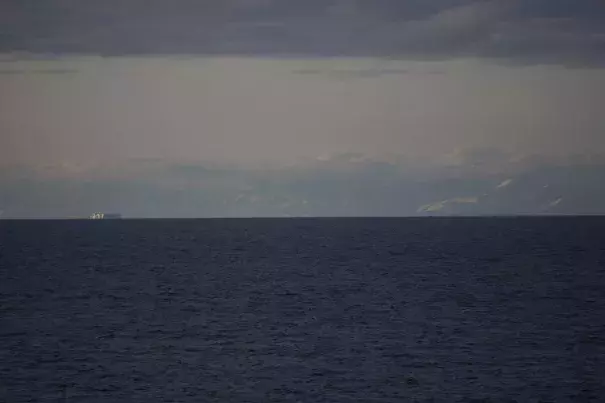The fast-melting Arctic is already messing with the ocean’s circulation, scientists say

Scientists studying a remote and icy stretch of the North Atlantic have found new evidence that fresh water, likely melted from Greenland or Arctic sea ice, may already be altering a key process that helps drives the global circulation of the oceans.
In chilly waters on either side of Greenland, the ocean circulation “overturns,” as surface waters traveling northward become colder and more dense and eventually sink, traveling back southward toward Antarctica at extreme depths. This key sinking process is called convection. But too much fresh water at the surface could interfere with it, because with less salt, the water loses density and does not sink as easily.
In the new research, Marilena Oltmanns and two colleagues at the GEOMAR Helmholtz Center for Ocean Research in Kiel, Germany, found that following particularly warm summers in the remote Irminger Sea, convection tended to be more impaired in winter. In some cases, a layer of meltwater stayed atop the ocean into the next year, rather than vanishing into its depths as part of the overturning circulation, which has sometimes been likened to an ocean “conveyor belt.”


